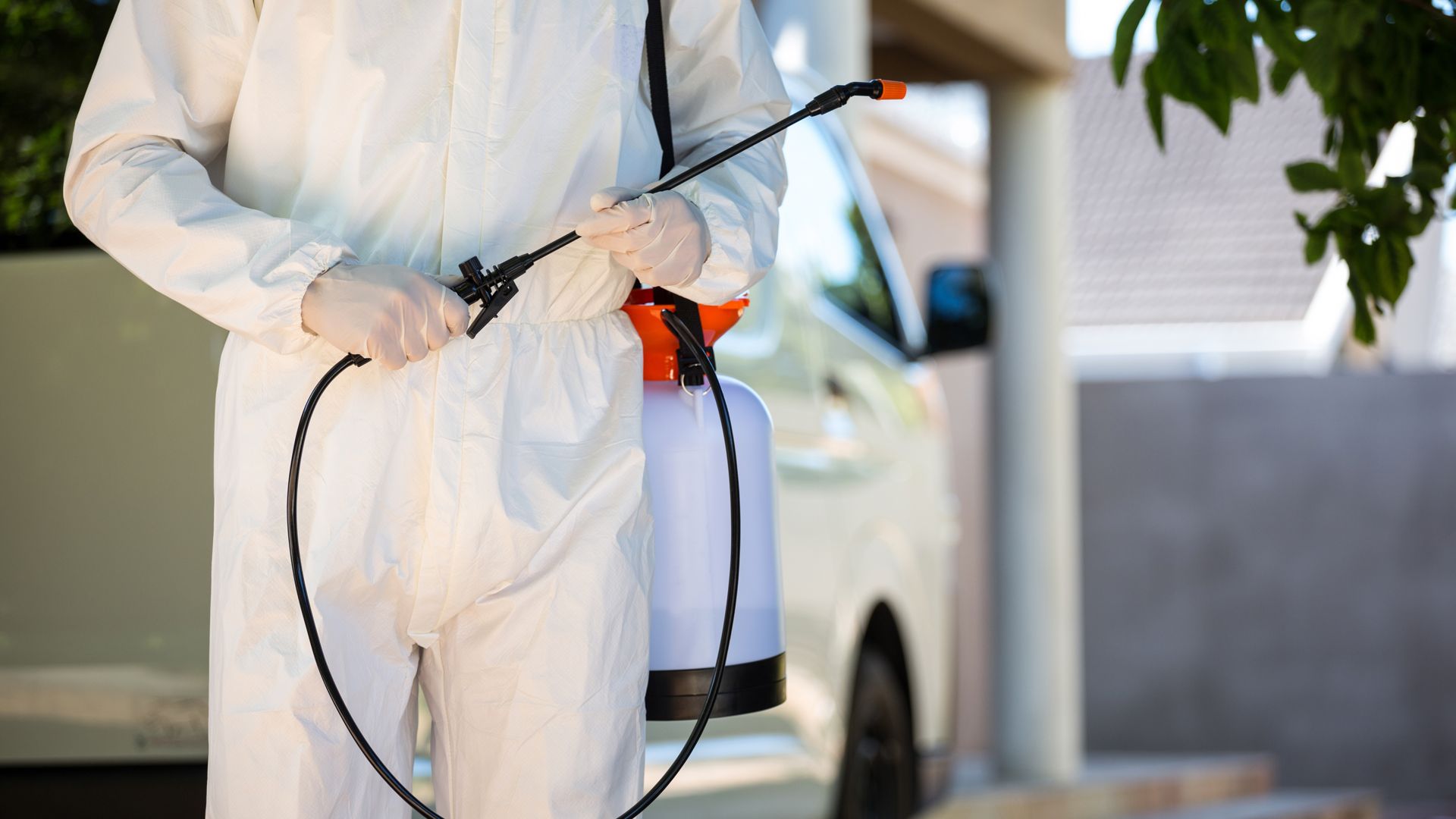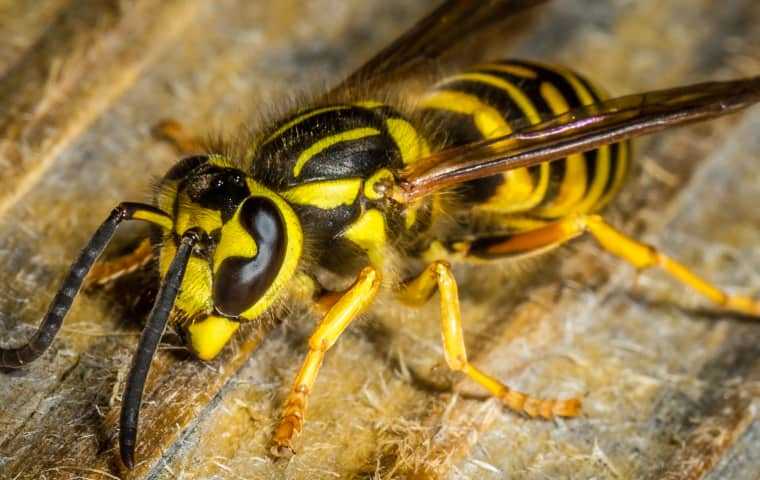


A member of our team will be in touch shortly to confirm your contact details or address questions you may have.

Why Choose Explorer Pest Management Inc?
-
Family Owned & Operated
-
Bonded & Insured
-
Customer Care Focused
-
Licensed & Certified Techs

Stinging Pest Control Solutions in Your Area
Why do I have a stinging pest problem?
There are many reasons why stinging pests may be present on your property. Sweet-smelling flowers and plants can attract bees, while open garbage cans or compost piles can draw in yellow jackets and other scavenging insects. Other stinging pests, such as mud daubers and hornets, may build nests in sheltered areas like your eaves or windowsills. Stinging pests are also drawn to sweet drinks and food, so outdoor parties or barbecues can attract them.
Where will I find stinging pests?
Stinging insects like bees, wasps, and yellow jackets can be found in a variety of places. Look for them near flowering plants or food sources. They may also build nests in the eaves or soffits of your home, in tree branches, or on other sheltered surfaces. Mud daubers usually build nests in sheltered areas like attics, sheds, and garages. Hornets often nest high up in trees or tall structures like utility poles. Some stinging pests, like carpenter bees, will even build nests inside wood structures. If you see a lot of stinging insects or their nests around your property, contact a pest control professional like Explorer Pest Management for help.


Hear From Our Happy Customers
At Explorer Pest Management Inc, your satisfaction is our priority! See for yourself what our customers have to say about working with us.
-
"Professional and informative!"
He treated the area and within the day we started seeing a reduction of bugs.
- CS -
"Thank you Explorer Pest Co!"
Very helpful with servicing our pest problems & promptly explaining.
- Delilah B. -
"Explorer Pest Management is a great company."
If you want a good job with a pleasant demeanor Jason is the Tech to request.
- Debra B. -
"Great service."
I would recommend them if you're looking for a service local to the area.
- Michael S.
.2507160551001.jpg)
.2504141052278.jpg)
.2501270807531.jpg)